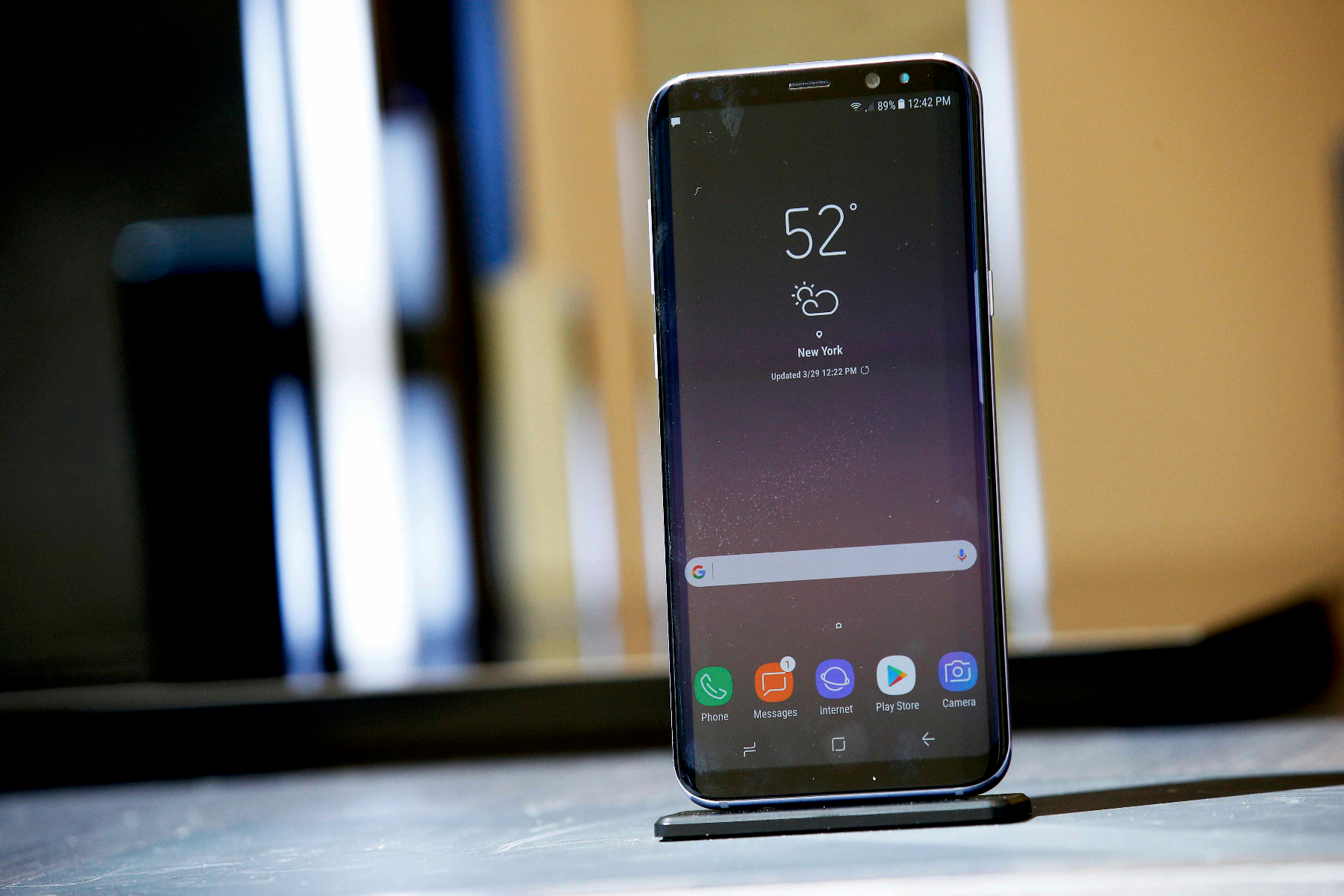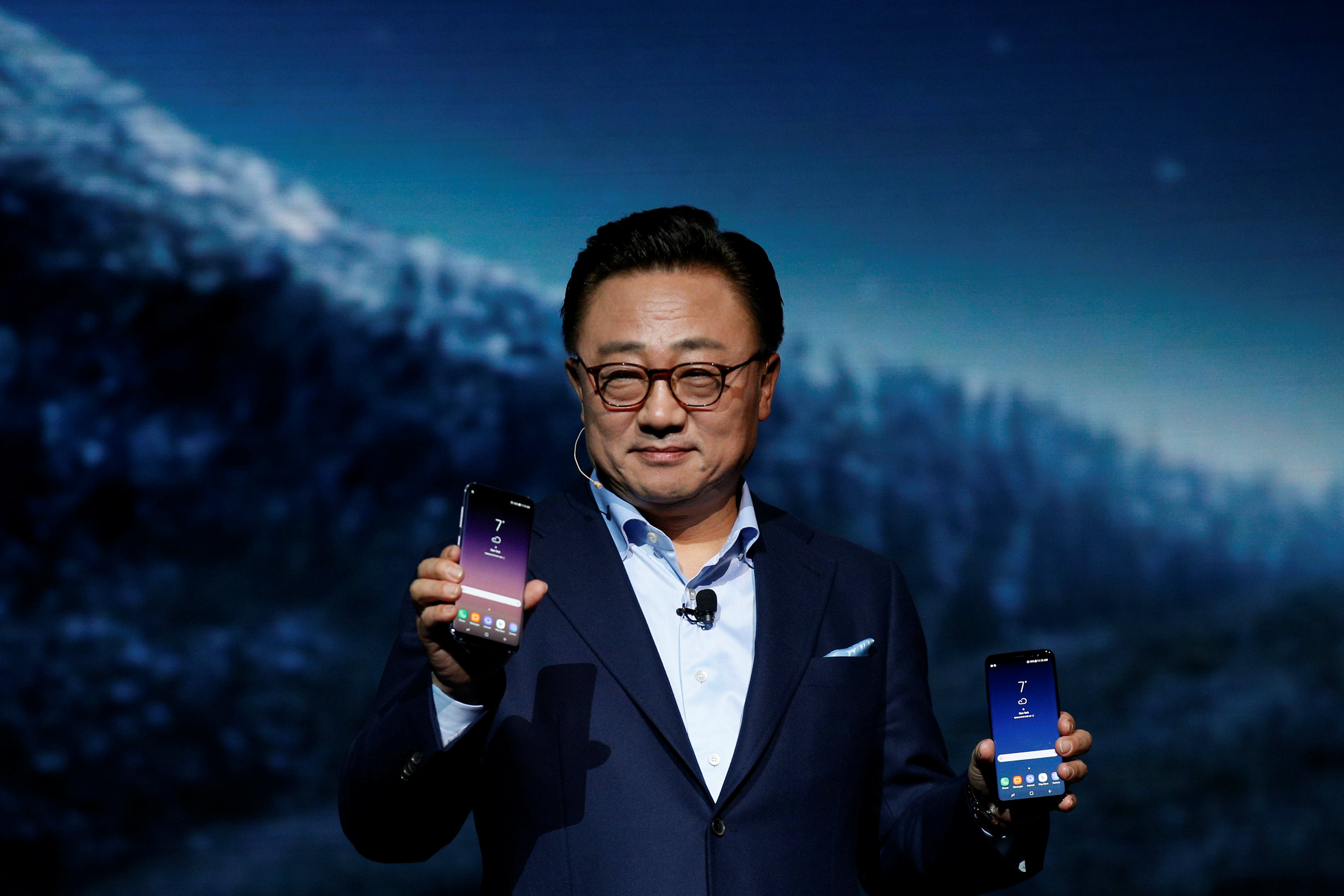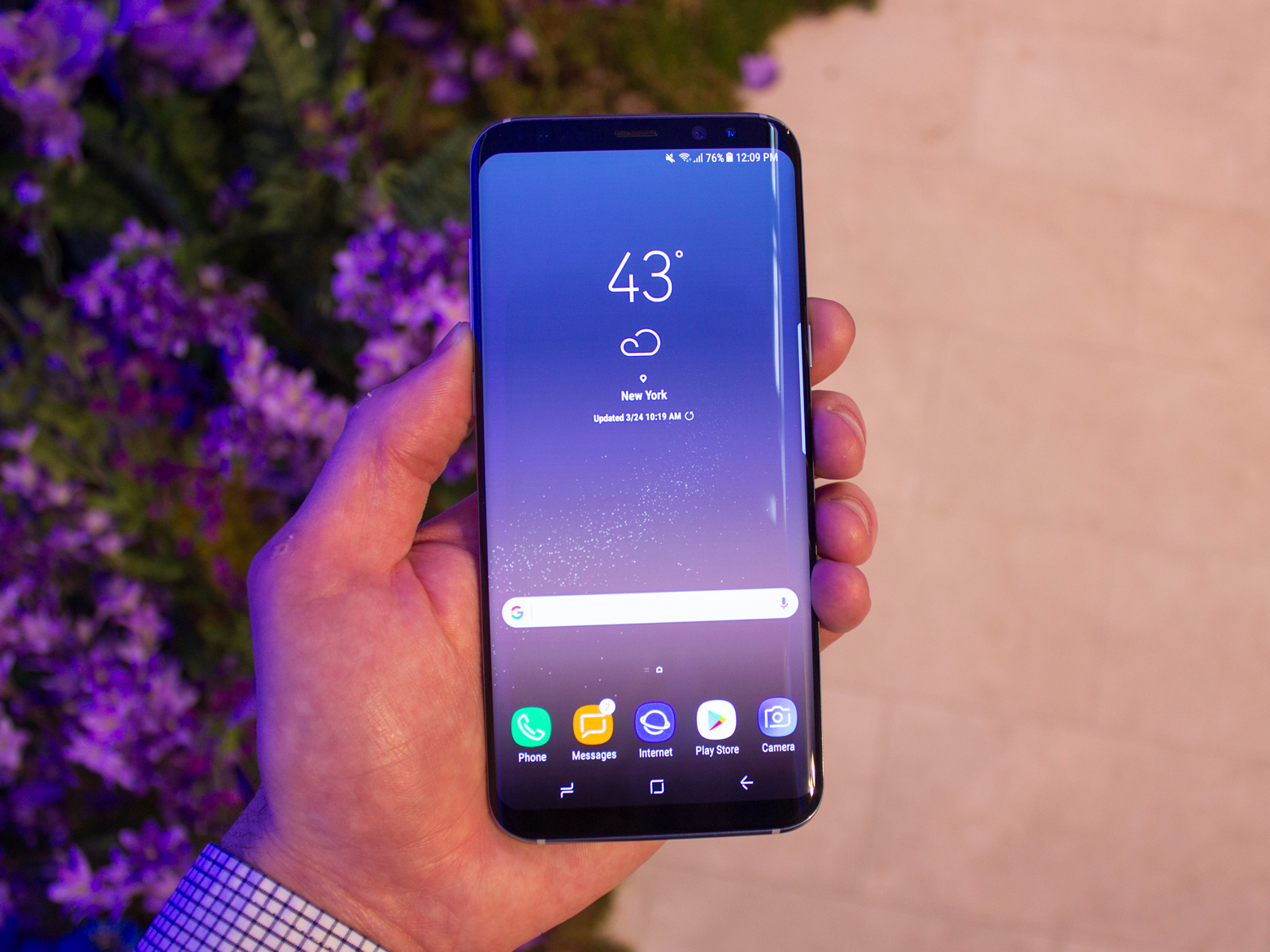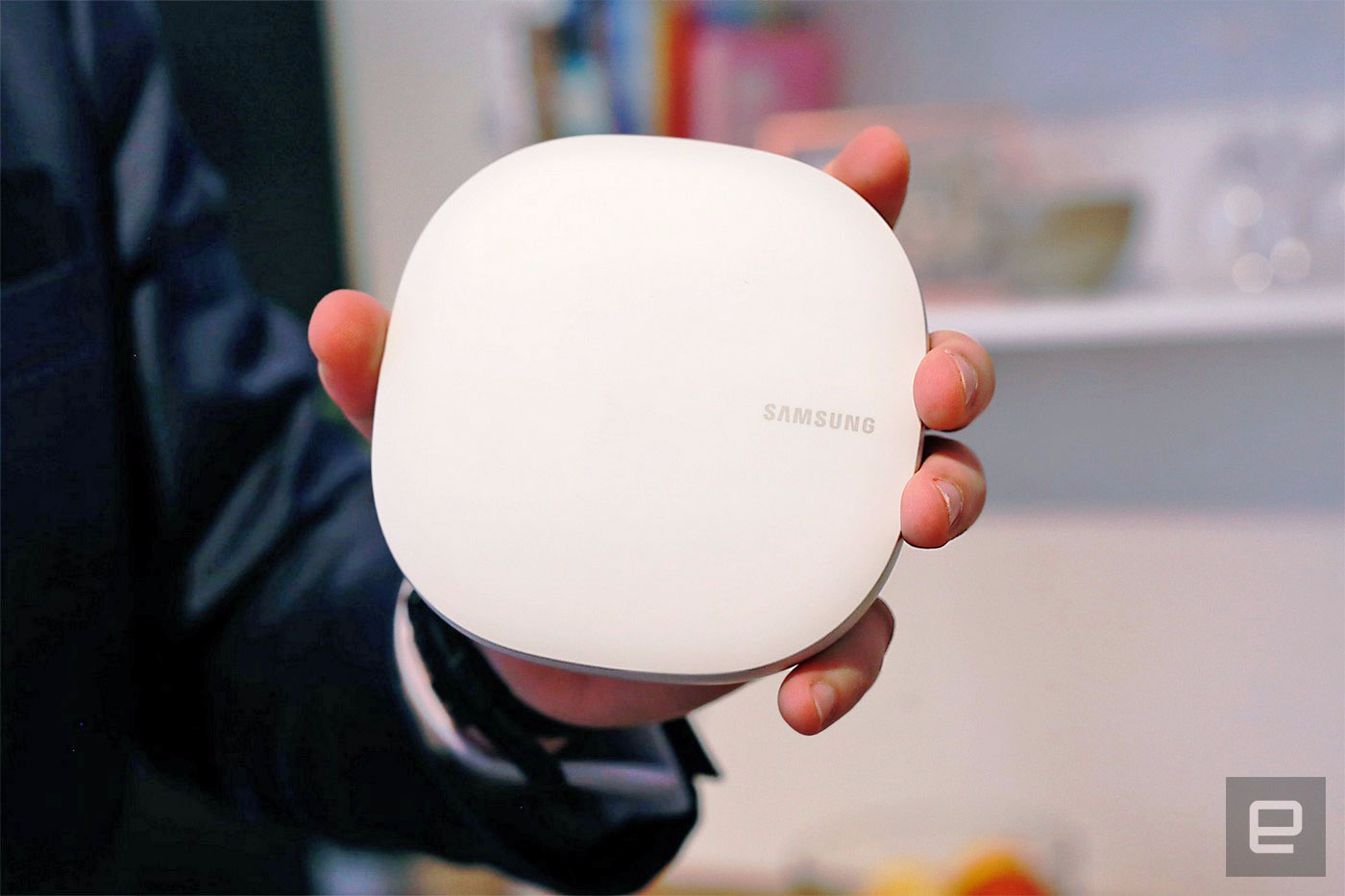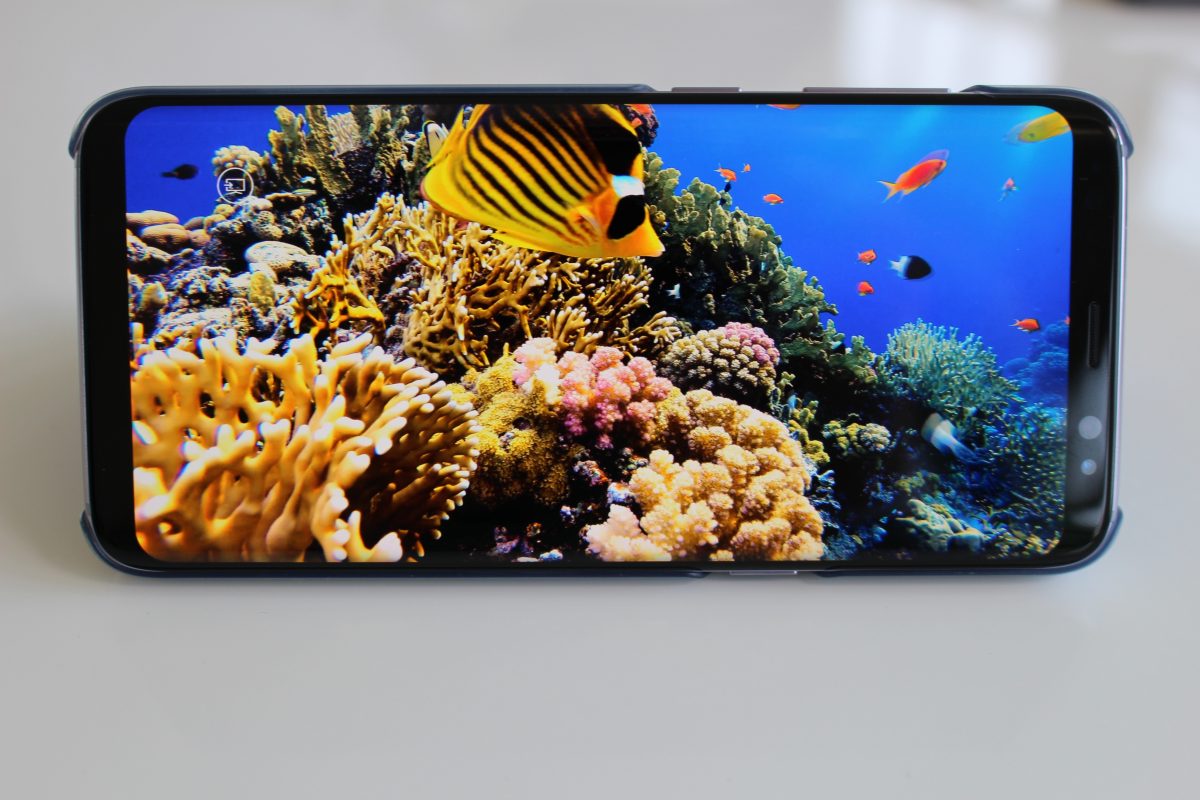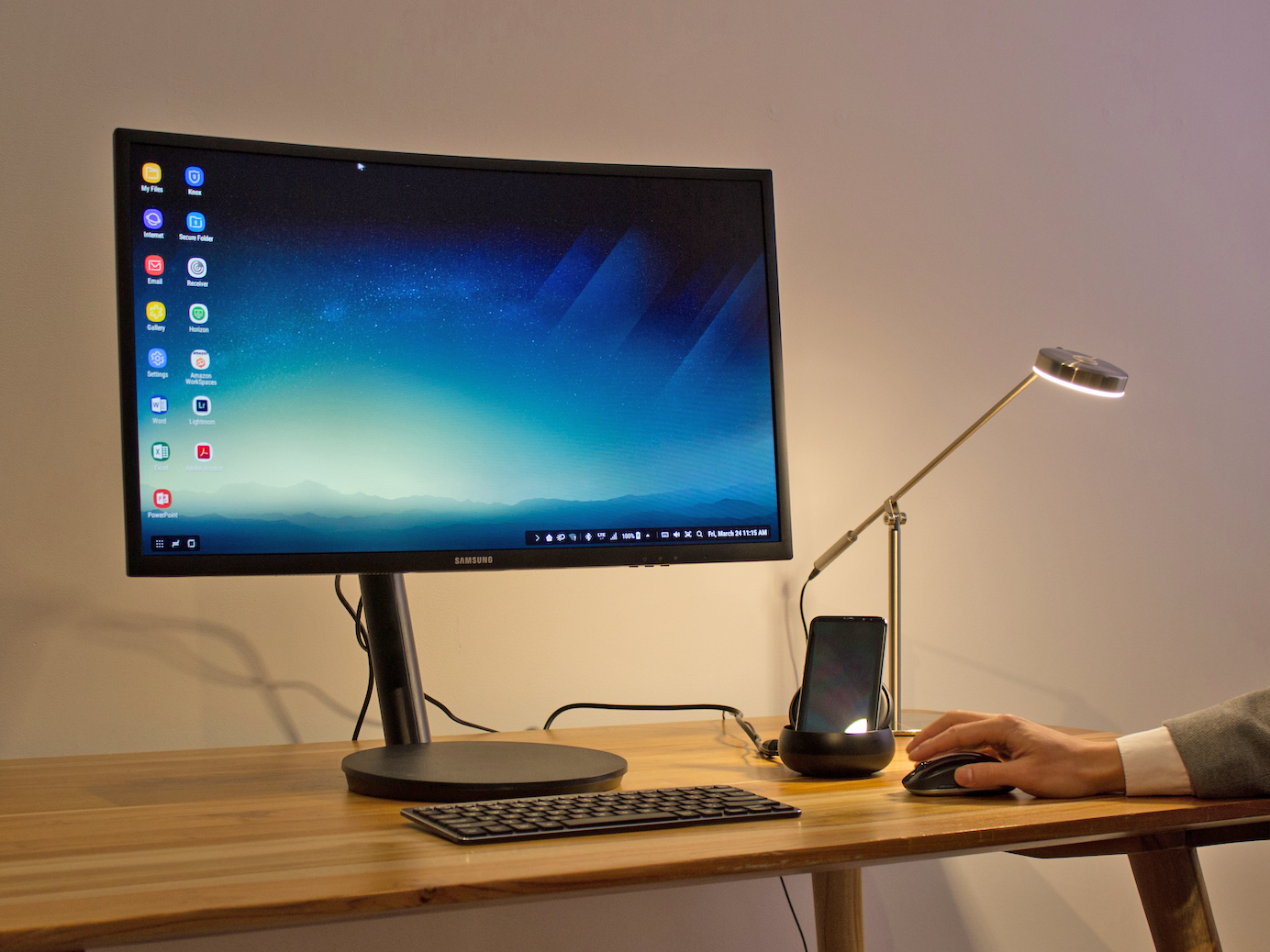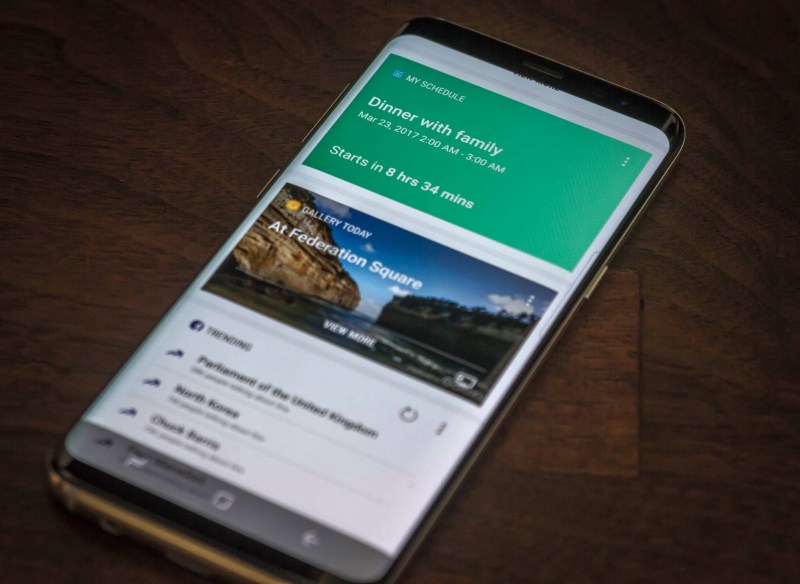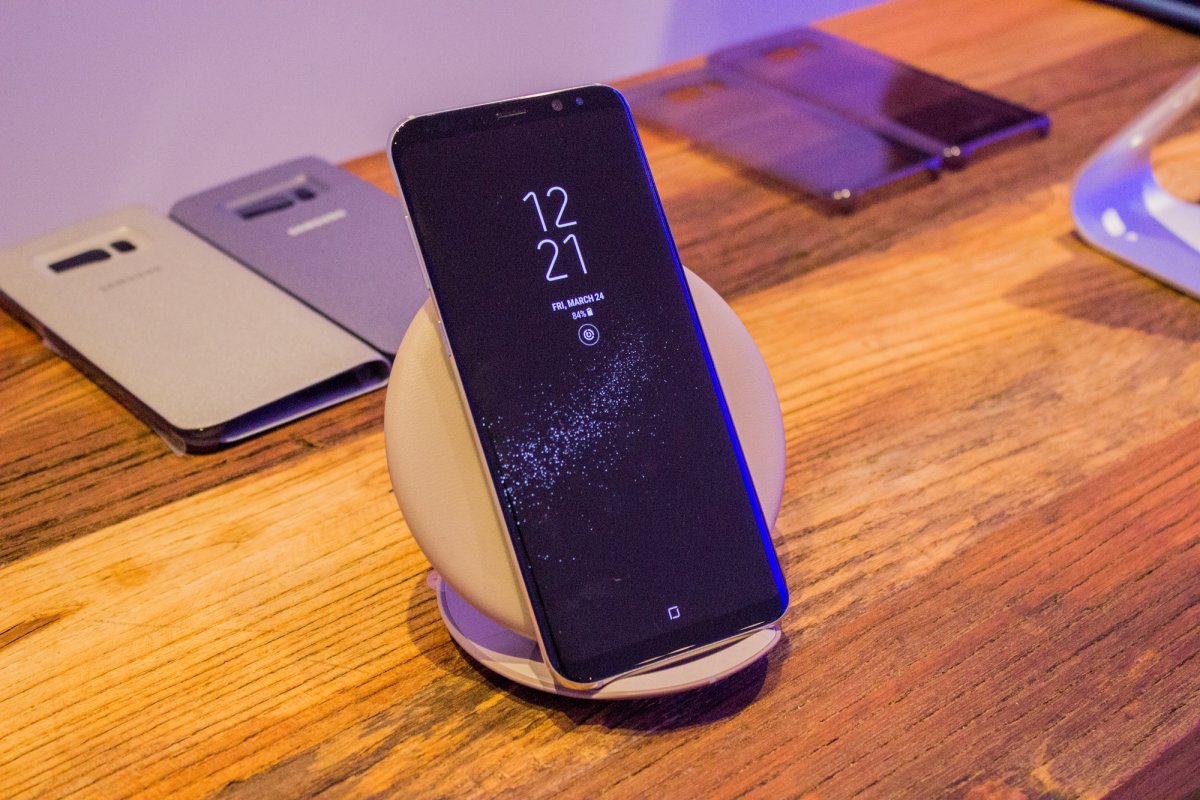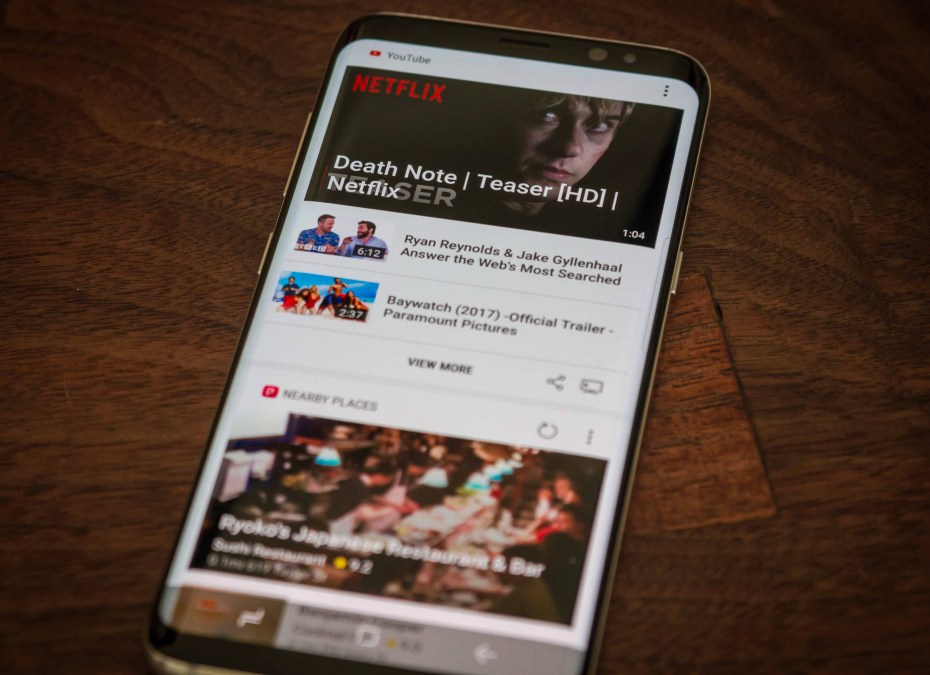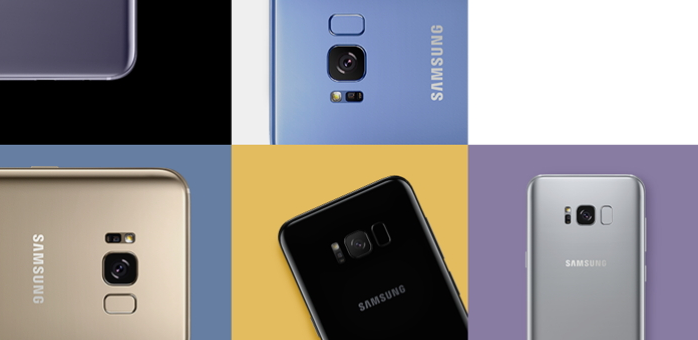At its Unpacked 2017 event last week, Samsung unveiled a ton of new hardware and software products. The star of the show, of course, was the Samsung Galaxy S8 / S8+, the latest iterations of the company’s flagship smartphone.
As we approach U.S. availability, on April 21, here’s a quick recap of five notable features on the Galaxy S8 / S8+.
1. Chips
The Samsung S8 / S8+ comes in two chip variants — the U.S. and Chinese incarnation sports Qualcomm’s Snapdragon 835, while elsewhere the devices pack Samsung’s very own Exynos 8895.
Without getting into too much detail here, both chips are roughly the same, and consumers won't experience much difference in terms of performance. Sin embargo, la faceta más sobresaliente de ambos es que representan los primeros chips de 10 nanómetros (nm) en el mercado, y Samsung está entre los primeros en adoptarlos para sus dispositivos insignia.
The smaller size gives phone makers more space to include bigger batteries or to make the device thinner, but, more importantly, the chip's transistors are packed in more tightly, which leads to more efficient running and lower power consumption. Por último, esto debería traducirse en un dispositivo con un rendimiento general superior.
2. Asistente inteligente

Arriba: inicio de Bixby en el Samsung Galaxy S8.
Crédito de la foto: Ken Yeung/VentureBeat
Amazon nos presentó a Alexa, Microsoft nos presentó a Cortana, Apple nos presentó a Siri, y ahora, Samsung nos presenta a Bixby.
Officially unveiled ahead of the S8 launch last week, Samsung’s new Bixby AI assistant is aimed at mobile and the Internet of Things (IoT), but its being debuted on the Samsung Galaxy S8 / S8+.
According to Samsung, Bixby differs from the competition insofar as it will support "almost" every task that is available through the touchscreen. This is designed to avoid confusing users so that they're not left wondering which commands are voice-enabled and which aren't.
Con el lanzamiento del Galaxy S8, hay disponibles varias aplicaciones habilitadas para Bixby, incluyendo YouTube, Facebook y Netflix. En el futuro, se ofrecerá un kit de desarrollo de software (SDK), lo que permitirá a cualquier desarrollador crear aplicaciones compatibles con Bixby.
3. Autenticación

Arriba: Escáner de iris de Samsung
Al igual que otros dispositivos anteriores, el Samsung Galaxy S8 / S8+ cuenta con un escáner de huellas dactilares, que ahora se encuentra en la parte posterior del dispositivo. Sin embargo, el teléfono también viene con otras nuevas características inteligentes de autenticación biométrica, incluyendo un escáner de iris y reconocimiento facial.
Esto significa que, además de códigos PIN y huellas dactilares, podrás desbloquear tu dispositivo Galaxy solo con mirarlo a los ojos (bueno, a las cámaras).
4. Realidad virtual (RV)

Above: Samsung’s new Gear VR headset and Oculus-powered controller.
Imagen: Ken Yeung / VentureBeat
Samsung’s new Galaxy-branded flagships will initially only be available through carriers, starting at around $720, but they’re expected to be made available unlocked from May. Best Buy is expected to sell them unlocked for $725 (S8) and $825 (S8+).
While the devices are not cheap, it’s worth noting here that they also come bundled with the new Gear VR headset and an Oculus-powered controller, which costs $130 if bought separately. It also comes with a free game pack.
This could be construed as Samsung’s way of expediting the hitherto slow uptake of VR by the masses.
5. borde

Arriba: el Samsung Galaxy S8+ (izquierda) y el S8 (derecha).
Crédito de la foto: Ken Yeung/VentureBeat
Samsung has continued chipping away at the bezel on its flagship, and this year it’s providing what it calls an “infinity display.”
La pantalla del S8 y el S8+ ahora cubre el 83 por ciento del frente del dispositivo. Los biseles se han reducido notablemente en la parte superior e inferior de la pantalla, lo que también significa que ya no hay un botón de Inicio físico.
But Samsung has managed to increase the screen size on last year’s unit without making the overall size of the device that much bigger, which is a notable achievement.
This article was written by Paul Sawers from VentureBeat and was legally licensed through the NewsCred publisher network. Envía todas las consultas sobre autorización a legal@newscred.com.


